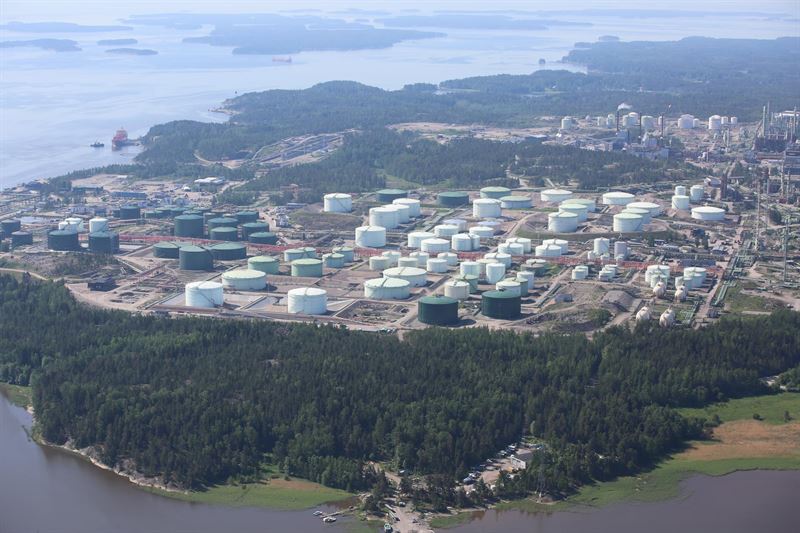Finland – Neste’s refinery in Porvoo, Finland, has completed its second series of industrial-scale processing runs with liquefied waste plastic.
The processing runs are intended to deepen the company’s understanding of how various waste plastic kinds respond during chemical recycling in refinery processes. Neste’s partners transform Neste RE, a drop-in feedstock for petrochemicals, the final product obtained from the runs, into new plastics.
Neste has completed six successful processing runs since its first one in 2020, processing a total of over 3,000 tonnes of liquid waste plastic. The company has been able to handle more than triple that amount thus far after processing 800 tonnes in the first series that was finished in 2022. The processing runs are a component of Neste’s plan to promote chemical recycling and improve the circular economy for polymers.
Hard-to-recycle
When waste plastic that was deemed “hard to recycle” was diverted to chemical recycling instead of landfill or incineration, Neste handled it. This demonstrates how existing mechanical recycling solutions are enhanced by chemical recycling.
The liquefied waste plastic used in the runs was obtained from a number of sources who are a member of a supply network that Neste has steadily grown. The suppliers include, among others, the US-based Alterra Energy, in which Neste has a small equity investment, and the Finnish company Wastewise, with whom Neste recently collaborated to chemically recycle waste cross-linked polyethylene (PEX) from pipe manufacture into new PEX pipes.
Continuous production
In order to process 400,000 tonnes of liquefied waste plastic annually, Neste plans to increase processing capacity at its Porvoo facility as part of project PULSE, which is supported by the EU Innovation Fund. Neste plans to treat more than a million tonnes of waste plastic annually starting in 2030.





